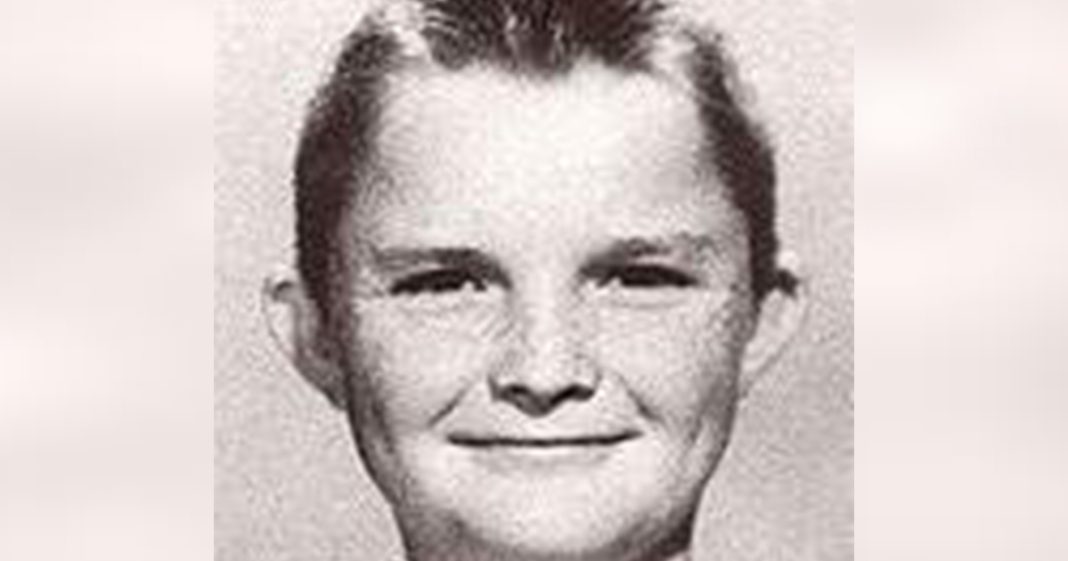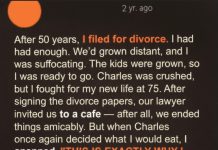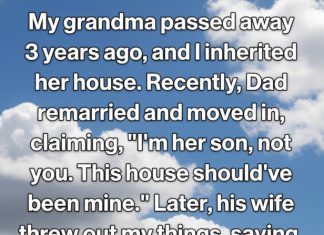The Chilling Tale of Randy Kraft: A Portrait of Evil
The unsettling reality that the world’s most notorious killers were once innocent children often sends shivers down the spine. One such individual, who would grow to become one of California’s most infamous criminals, was a boy born on March 19, 1945, in Long Beach, California. Initially, he was just a typical child from a modest family, but as time would reveal, he would be responsible for the deaths of at least 51 young boys. From 1971 to 1983, his heinous acts struck terror into the hearts of countless individuals, and even decades later, the memories of his crimes linger in the minds of those who lived through that dark chapter of history.
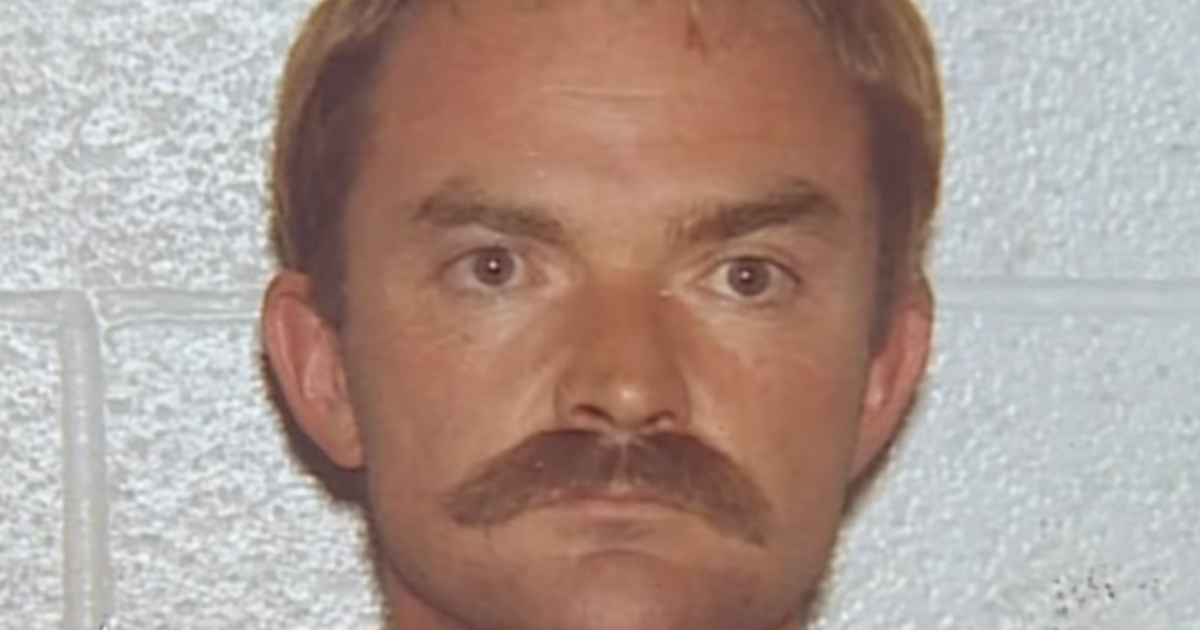
Randy Kraft’s upbringing appeared deceptively ordinary; he was the only son in a working-class family that had moved from Wyoming to California in search of a better life. Living in a small, pale-blue house, the environment was marked by an eerie quietness. Kraft displayed exceptional intelligence and an observant nature from a young age. Described by his teachers as bright and obedient, he thrived in an academic setting where his mother, Opal, lavished him with affection, while his father, Harold, instilled in him a sense of discipline through long hours of factory work.
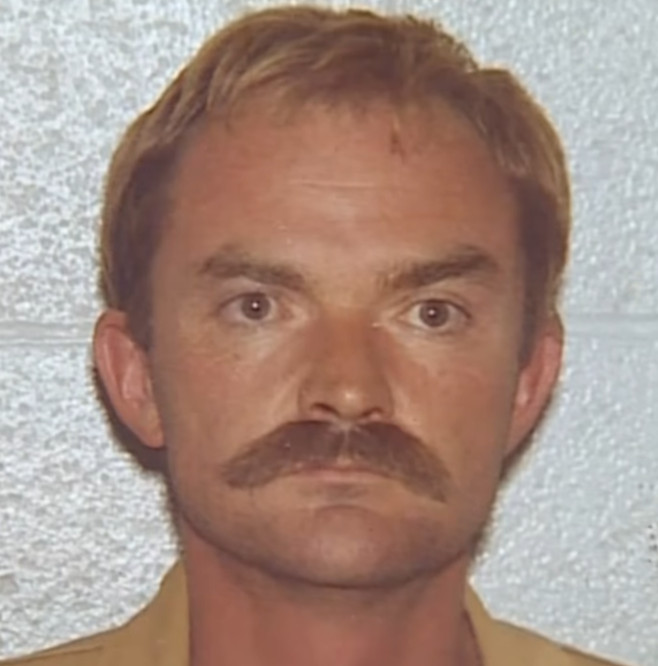
A Journey Through Adolescence
As he transitioned into his teenage years, Kraft seamlessly integrated into the conservative social fabric of the 1950s. Classmates from high school remembered him as the quintessential “smart, clean-cut, and quiet” student who excelled academically. He was politically active, fervently supporting traditional values and the military, which seemed to set him on a promising path. After high school, he enrolled at Claremont Men’s College, where he majored in economics and engaged in campus politics, notably championing Barry Goldwater and the Vietnam War.
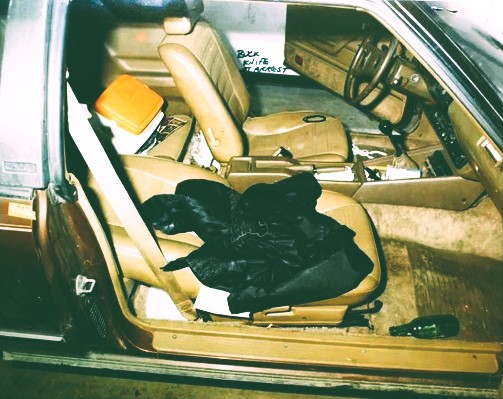
However, during his college years, a transformation began. Kraft grew a beard, shifted his political views, and started attending anti-war rallies, eventually coming to terms with his sexual orientation. By 1969, he publicly identified as gay, leading to conflicts with his family and a discharge from the Air Force Reserve, purportedly due to “medical reasons.” Post-service, he navigated various jobs in Southern California, presenting himself as a charming, articulate young man, yet beneath this sophisticated facade, he was wrestling with darker impulses.
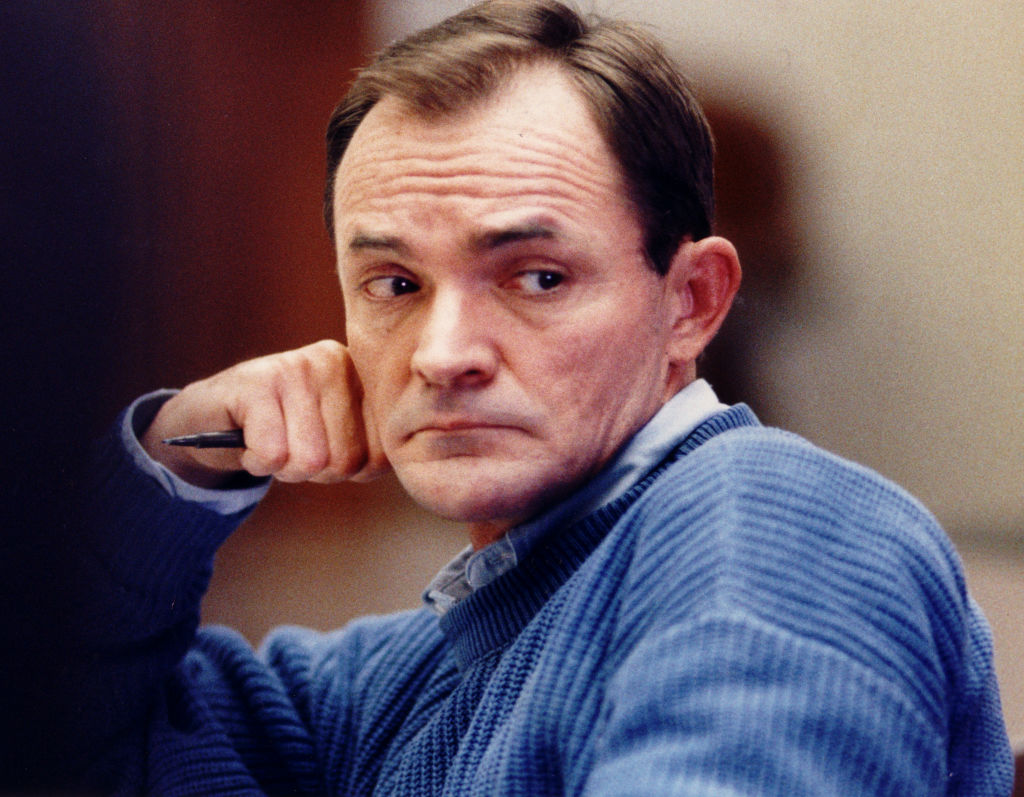
The Emergence of a Predator
As the vibrant nightlife of Long Beach and Sunset Beach beckoned, Kraft found himself increasingly entangled in a world where excess was normalized. While he worked at a local bar, The Stables, he was also indulging in drugs and alcohol, leading to erratic behavior that raised concerns among friends. The incident that would mark the beginning of his sinister spree occurred in March 1970 when 13-year-old runaway Joseph Fancher stumbled into a Long Beach bar in a state of distress, having been drugged and assaulted by an older man. Although authorities pursued the case, Kraft managed to evade justice, setting the stage for a decade of brutality.
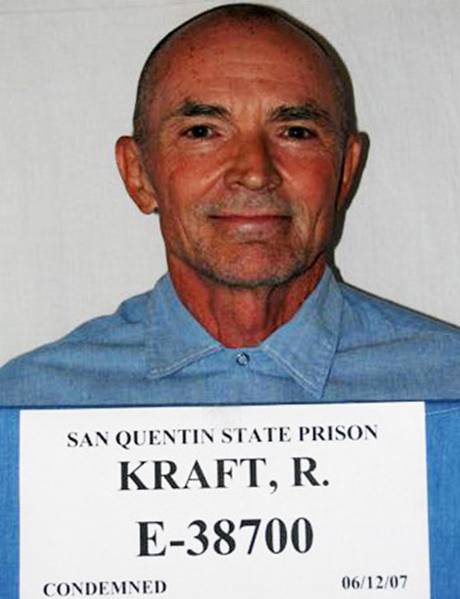
In the years that followed, a grim pattern began to emerge across Southern California as young men, many of them in their late teens or early twenties, began to vanish without a trace. Their bodies were later discovered along highways, remote fields, and ravines, often bearing signs of torture. Investigators from various counties realized they were dealing with a single predator—a man who had become a phantom lurking along the freeway system. Despite linking several cases by 1975, police had no solid leads on the perpetrator, who was living comfortably in Long Beach and still managing to elude capture.
Justice at Last
The turning point came on a fateful night in May 1983 when law enforcement stopped Kraft’s vehicle on the 405 Freeway. Inside, they found the lifeless body of a Marine, Terry Gambrel, alongside evidence linking Kraft to a series of gruesome murders. His arrest revealed a chilling collection of photographs, personal belongings from victims, and a meticulously kept scorecard of murders—cryptic entries that indicated he had been tracking his victims for years. This discovery transformed him into “The Scorecard Killer,” marking a significant moment in the history of American crime.
During the trial, which became one of the longest and most expensive in Orange County’s history, Kraft maintained his innocence, delivering a stark statement before the court. Despite his pleas, he was ultimately convicted of sixteen counts of murder, sodomy, and torture, receiving a death sentence that sent shockwaves through the community. Kraft’s case didn’t just end with his trial; it left a lasting legacy of fear and unresolved crimes as investigators continued to explore unsolved cases that might be linked to him.
The Legacy of Evil
Even decades later, the investigation into Kraft’s horrific acts remains a poignant reminder of the darkness that can exist beneath a seemingly ordinary facade. Kraft’s life behind bars has been marked by silence and denial; he has never admitted to any of the murders for which he was convicted. In 2012, retired detective Dan Salcedo encountered Kraft in prison, describing him as a “quiet evil,” a man whose unassuming appearance belied the horrors of his actions. Salcedo expressed disappointment in the lack of any confessions or insights from Kraft, emphasizing the chilling nature of a killer who could blend into the crowd.
As Kraft remains on death row, his story continues to haunt the families of his victims, many of whom are still seeking closure. With advancements in DNA testing, some families have finally received the answers they long awaited, while others continue to grapple with the pain of uncertainty. Kraft’s life and heinous actions serve as a stark reminder of the unpredictable nature of evil and the complex narratives that often lie beneath the surface of a seemingly normal life.

